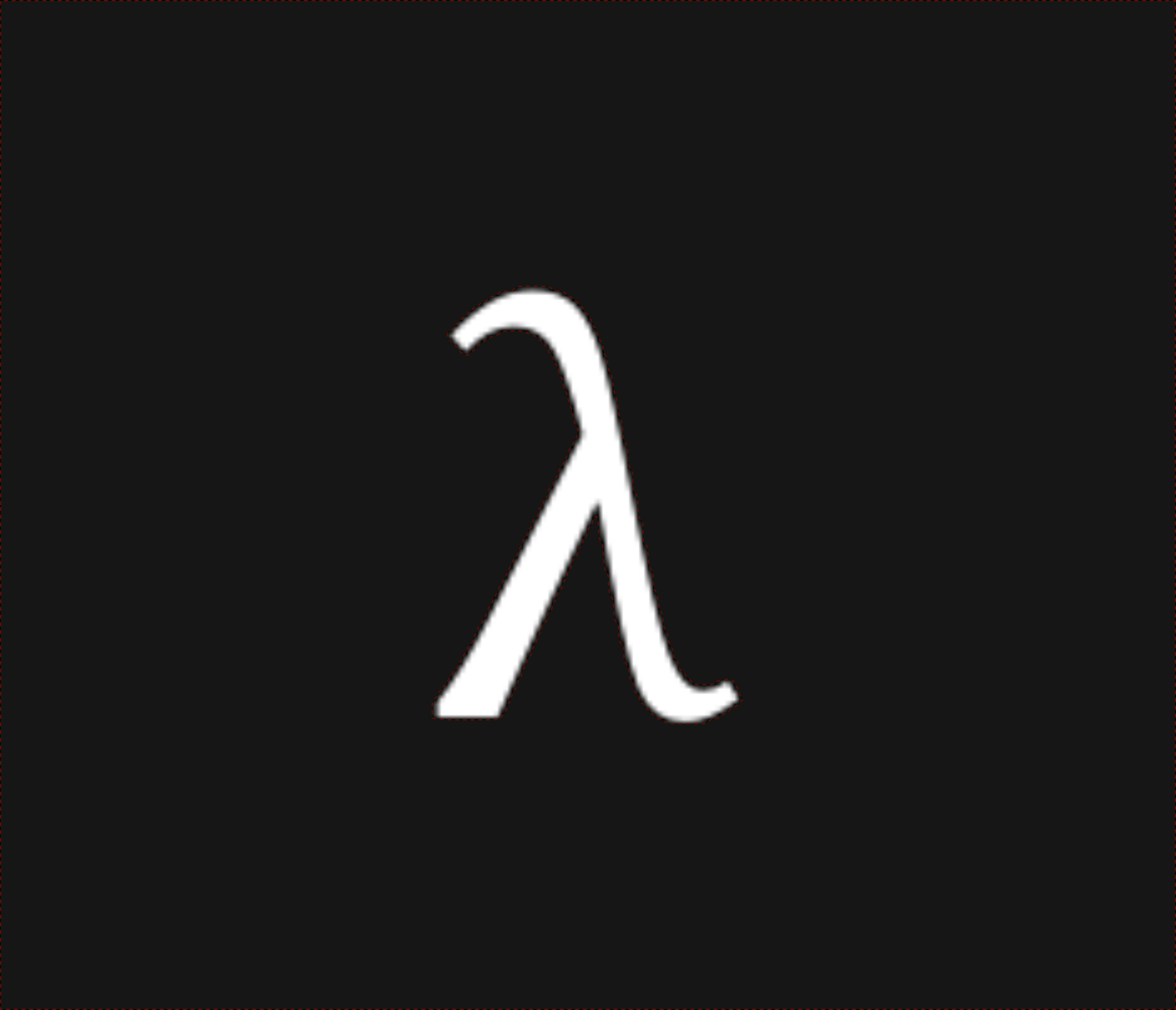Analog Espresso 998 words published on February 11, 2023.
This is how I currently make my espresso.

Someday I’ll pull the perfect shot and be lucky enough to have recorded the moment. Another day, I’ll have some new sensors and tools to assist the process. Until then, this should suffice.
It’s worth mentioning that these steps represent the ideal process for my equipment, however as variables and conditions change, so too must the barista. Some variables, like temperature, I feel I have something of a handle on, while others like bean quality and humidity, I’m still less sure of.

I try to be consistent about things, but it’s important to remember the following maxim:
Variety is the spice of life.
Now admittedly, I have already started the process of digitizing some things. Mainly, at the moment, I have a digital thermometer connected to the grouphead, which I can use to gauge things a bit. For the purposes of this write up, digital readings with take the following form:
YYYY-MM-DD HH-MM-SS <TEMP> <NOTE>
...

With that, let’s begin.
Preparation
First, turn on the machine. In this case, the machine was still a little bit warm from the morning.
2023-01-22 2:24:30 87.8˚F ELEMENT ON
2023-01-22 2:27:04 94.5˚F ELEMENT OFF
FLUSH
After this first flush the grouphead temperature should be raising quickly, which is nice, because we’ll use that temperature as well as how hot the portafilter itself feels to judge how close to ready we are for grinding and brewing. By my estimations, the temperature is now raising between 1˚F/5s and 1˚F/10s.
Take a breath. Go have a nice long shower. Make breakfast, or lunch. Finish that code review you’ve been putting off. Play a round of your favorite game. Whatever. At this point the machine is trailing off calmly to a steady hot state.
2023-01-22 2:30:20 112˚F ELEMENT ON
2023-01-22 2:32:00 130˚F ELEMENT OFF
2023-01-22 2:37:00 144˚F
The machine’s boiler and group head as well as the portafilter are now at temperature. We’re almost ready to go.
Grinding and the First Wave
Now it’s game-time. First we take the portafilter out of the machine’s grouphead and flush the plumbing to start renormalizing the pipes temperatures. Without the portafilter you should be able to get a really good sense of the flow and temperature of the water coming out of the grouphead. If the machine has been maintained and cleaned well, it should be flushed briefly until a gentle shower is formed. Depending on timing and external temperatures, this may soon start another heating cycle, no worries.
2023-01-22 2:38:30 147˚F FLUSH
+ ~5s ELEMENT ON
Dry off the basket completely and then put that dense hunk of metal onto the grinder’s mount and fill’r up. I typically use a flat edge after grinding to level off the mound, but as long as things are balanced and not over or under-filled, it doesn’t really matter. You can avoid wasting beans by simply grinding the correct amount into the basket cleanly, but I’m generally not too concerned about the wasted dust.
Tamping is the fun part. Do it right, and don’t be shy. If you have your grinder dialed in correctly for the beans, you should be applying more force than you might originally think. Too much force can still lead to a slow and bitter brew however, so do be careful.


While you’ve been grinding and tamping, hopefully the machine has found itself settled at a nice and comfortable temperature. If you hear or sense the boiler being upset with you in any way, don’t hesitate to let it run through another cycle while flushing the grouphead a bit. Remember, coffee grounds go stale quickly, but not that quickly. It’s not until we’ve actually started brewing the espresso that we need to hurry.
Brewing
Once it’s all raring to go, vice in the portafilter to the grouphead tightly. Feel free to flex, not securing the portafilter properly can result in an explosive mess!
If the boiler element has turned on, wait a moment until it’s turned off, then switch on the pump; or don’t. This is an art which I haven’t had the patience to perform proper science on yet. People refer to the game of figuring out where in the thermostat cycles to start brewing and how to achieve the perfect curves as temperature surfing. So, maybe feel the waves, hang ten, then start a bit off cue. You’re the boss.
2023-01-22 2:40:00 150˚F BREW ON
+ 30 154˚F BREW OFF

With a double spout like mine, you should start to see rich, dark, and creamy liquid streaming out of both sides within no more than 2 or 3 seconds. Watch closely. The streams should become less and less dark quickly, with veins of oily flavor running through them at first, then diluting to a softer blond color. If everything is coming out nicely, it’s around the 25-30 second mark that your shot is filled and the color is becoming awkwardly pale.
Quickly slap out the used coffee puck, rinse the portafilter in hot water, then flush the grouphead and wipe it down. Simple, consistent cleaning makes for a happy machine and reduces the burden of a deeper clean later.
With Company
Repeat the grinding and brewing process as needed, remember things do tend to get a bit hotter while in use.

“How do you take it?”
Now that the coffee is ready, it must be served as fast as possible.
2023-01-22 2:40:32 155˚F SERVE
OFF
2023-01-22 2:46:00 157˚F CLEAR
The afternoon is for straight espresso, “No milk, thanks”.

Enjoy.

 nixpulvis
nixpulvis